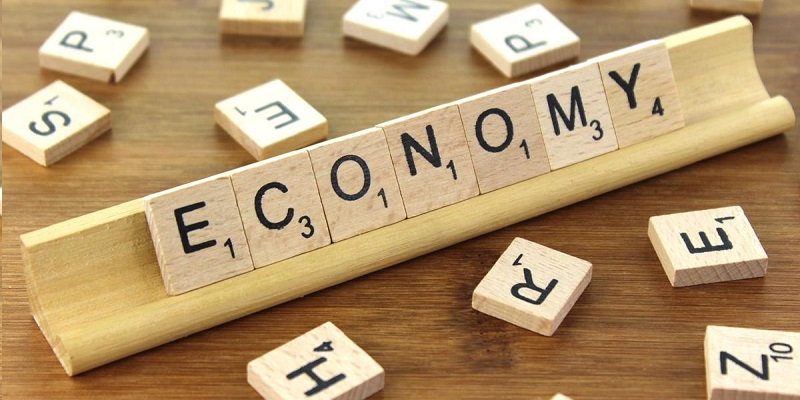India’s ambitious goal of becoming a $5 trillion economy by 2025 is now facing significant challenges that threaten to derail the vision. When the target was set, the country was riding high on robust economic growth, but the global and domestic economic landscape has since shifted. The pandemic, global supply chain disruptions, and rising inflation have all contributed to slower economic recovery, hindering the country’s ability to reach this milestone within the set timeframe.
One of the key obstacles has been the sluggish growth in key sectors such as manufacturing and exports, which are vital for achieving this target. Despite efforts to boost these areas, India has faced persistent issues such as labor market disruptions, lower consumer demand, and stiff competition from other emerging economies. As a result, the projected growth rates necessary for reaching $5 trillion seem increasingly difficult to attain.
The services sector, which has been a major contributor to India’s GDP, is also struggling to maintain its growth momentum. With global economic uncertainties and geopolitical tensions, demand for services such as IT and business outsourcing has been uneven, affecting the overall performance. Moreover, challenges like inadequate infrastructure and regulatory bottlenecks continue to stifle innovation and productivity, preventing India from achieving the kind of rapid growth needed for such a lofty goal.
Despite the setbacks, India’s long-term economic potential remains substantial. However, achieving the $5 trillion target by 2025 now looks improbable without significant policy changes, increased investments in infrastructure, and a more streamlined approach to economic reforms. The path forward will require focused efforts to stabilize growth, boost key sectors, and improve the overall business climate to make this vision a reality in the coming years.
FOLLOW:https://newsroom47.com/rs-9-lakh-cr-textile-export-goal-pm-modis-vision-for-india-by-2030/
Newsroom 47
